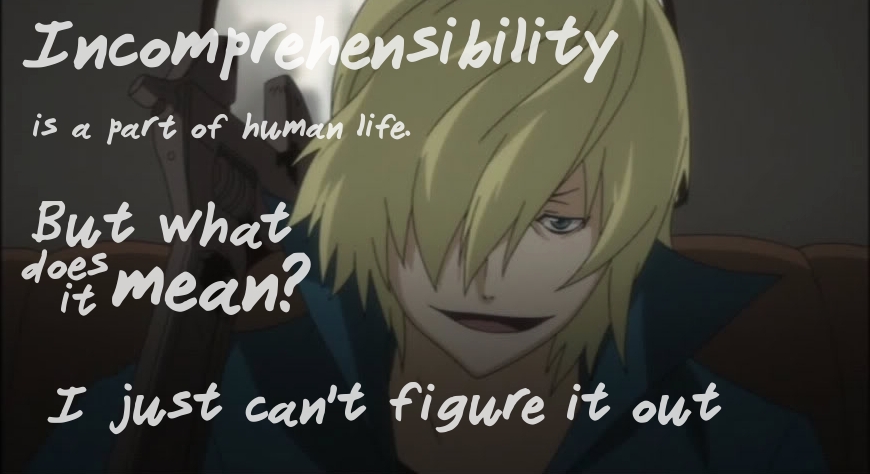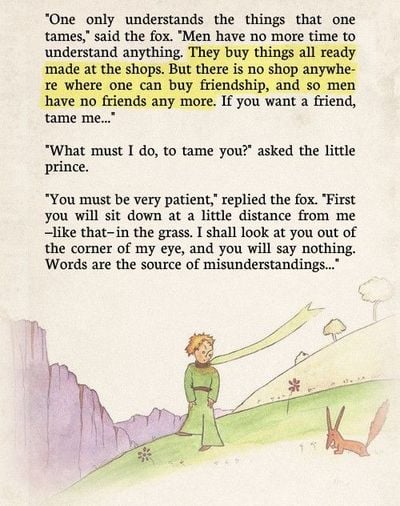
The state of being impossible or extremely difficult to understand:
He worried about the document’s sheer incomprehensibility.
The film is chopped and edited to the point of incomprehensibility.
1 The Little Prince
We all know the bizarre behavior of people, which manifests itself in extreme aberrations in the justice system, where children and individuals end up convicted and imprisoned for something they know nothing about.
John Bunn says, ‘a crime I had no knowledge of, I had nothin’ to do with.’
It was the arrogant cop, NYPD detective Louis Scarcella, who, among other things, appeared on TV shows to brag about his work, which later turned out to be based on fabricated data, and his victims were used as scapegoats. After years in prison, they were exonerated.
John Bunn was only 14 and was asleep at home at 4 o’clock in the morning when the murder happened! But notheless he spent 17 years in prison, just for nothing (point 9 Home page).
The bizarre behavior of people is, among other things, the subject of ‘The Little Prince‘ by Antoine de Saint-Exupéry.

The Little Prince encounters several individuals as he travels from one asteroid to another. Here are some of the persons he meets during his journey:
The King: The Little Prince visits the first asteroid, where he meets a self-proclaimed king. The king’s “reign” is rather lonely, as he has no subjects, but he demands obedience and believes himself to have authority over everything.
The Vain Man: On the second asteroid, the Little Prince encounters a man who is overly concerned with his own appearance and seeks admiration from others. He is known as the Vain Man.
The Drunkard: On the third asteroid, the Little Prince meets a drunkard who drinks to forget his shame for drinking. This character represents addiction and the escapism it provides.
The Lamplighter: On the fourth asteroid, the Little Prince encounters a lamplighter who spends his entire life continuously lighting and extinguishing a lamp due to the rapid rotation of the asteroid. This character highlights the absurdity of meaningless, repetitive work.
The Geographer: The Little Prince meets a geographer on the fifth asteroid. The geographer, however, has never actually visited any of the places he records and merely collects information from explorers. This character symbolizes the limitations of knowledge and the importance of firsthand experience.
The Rose: While not a “person” in the conventional sense, the Little Prince’s rose on his home asteroid is a significant character. The rose is demanding and represents the complexities of love and relationships.
The Fox: Later in the story, the Little Prince encounters a fox on Earth who imparts wisdom about taming, relationships, and the importance of connections with others.
These are some of the characters the Little Prince encounters during his journey, each of them representing various facets of human nature and society, and offering valuable life lessons to the Little Prince.

Pull someone’s leg
Candid Camera Classic: Fear of Flying!
Candid Camera Classic: Flight to Nowhere!
In this mind-blower, Peter Funt welcomes airline passengers to Phoenix (but they’re really in Salt Lake City)! Subscribe to our YouTube channel:
2 The Dutch childcare allowance scandal
“The Dutch childcare allowance scandal” refers to a major political and administrative crisis that unfolded in the Netherlands in recent years. The scandal had several key points:
Childcare Allowance System: The scandal revolved around the Dutch childcare allowance system, which was designed to provide financial support to parents to help cover the costs of childcare services. This was a crucial program for many families in the Netherlands.
Unjust Accusations: Thousands of parents who applied for childcare allowance were falsely accused of fraud by the Dutch Tax and Customs Administration (Belastingdienst). The authorities wrongfully labeled many innocent parents as fraudsters, resulting in severe financial and personal consequences.
Mismanagement and Discrimination: The scandal revealed a systemic failure within the Dutch government, with a particular focus on the Tax and Customs Administration. The agency’s mismanagement and discriminatory practices disproportionately affected low-income families and parents with dual nationalities.
Legal Battle: Many of the affected parents found themselves embroiled in a long and complicated legal battle to clear their names and recover wrongly reclaimed funds. This had a devastating impact on their lives, causing financial hardship, stress, and emotional trauma.
Resignations and Government Fallout: The scandal led to the resignation of several key government officials, including the entire Dutch Cabinet in January 2019. The political fallout was significant and damaged public trust in the government’s ability to manage social support programs effectively.
Investigations and Reforms: In the aftermath of the scandal, multiple investigations were launched to identify the root causes and systemic issues within the Tax and Customs Administration. Reforms and changes in governance and oversight were also initiated to prevent such a situation from happening again in the future.
Compensation and Apologies: The Dutch government subsequently issued apologies to those affected by the scandal and offered compensation to the victims to address the financial damages they had suffered.
The Dutch childcare allowance scandal was a significant event that highlighted the consequences of government failures, discrimination, and the impact of unjust accusations on individuals and families. It also led to a renewed focus on improving administrative transparency and accountability within the Dutch government.
The Dutch childcare allowance scandal and the Post Office wrongful convictions scandal in the UK share some similarities, particularly in terms of government institutions wrongly accusing individuals and causing significant harm. It’s important to note that in both cases, there were systemic failures, but the reasons for these failures and the extent of knowledge or dishonesty within the institutions involved may differ.
Systemic Failures: In both cases, systemic failures within government institutions (the Dutch Tax and Customs Administration and the UK Post Office) played a major role in the scandals. These failures included flawed policies, inadequate oversight, and a lack of due process.
Accusations of Wrongdoing: Both scandals involved government institutions wrongly accusing individuals (parents in the Dutch childcare allowance scandal and postmasters in the UK) of wrongdoing. These accusations led to serious consequences for the accused individuals and their families.
Persistence in Wrongdoing: In both cases, there were allegations of persistence in wrongdoing. It is suggested that authorities were aware of the issues for an extended period but continued with their actions despite evidence that contradicted their accusations.
Consequences: The consequences of these scandals were severe, including financial ruin, emotional distress, and, in some cases, even loss of life. The harm caused to the affected individuals and their families was significant.
However, there are also important differences between the two scandals:
Scale and Specifics: The Dutch childcare allowance scandal involved tens of thousands of families, while the UK Post Office wrongful convictions scandal affected postmasters. The scale and specifics of the injustices were different.
Government Accountability: In the Dutch childcare allowance scandal, the entire Dutch Cabinet resigned, and there were significant efforts to address the issue, conduct investigations, and provide compensation. The UK Post Office wrongful convictions scandal also led to investigations, but the government’s response and accountability may differ.
Knowledge and Dishonesty: The extent of knowledge and potential dishonesty within the institutions may vary between the two cases. It’s essential to conduct detailed investigations and inquiries to determine who knew what and when.
While both scandals are troubling and share some common elements, each case should be examined independently to understand the specific circumstances, decisions, and actions that led to these injustices. Investigations and accountability mechanisms should address the unique aspects of each scandal to ensure that justice is served and that systemic issues are addressed.
Zoon wordt door ÉÉN verkeerde opmerking OP STRAAT gezet | Het Familiediner